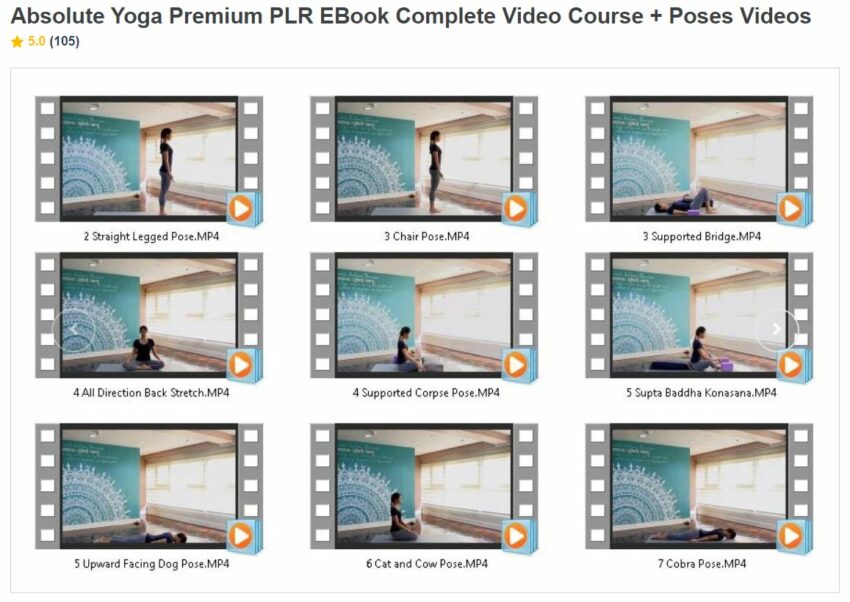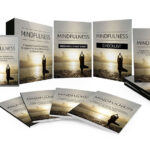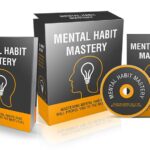Introduction: Introduce yoga as a centuries-old practice that has evolved and become popular the world over. Establish the origin within Indian philosophy and the fact that it has grown to include a holistic approach to the man’s health, mind, and spirit. Give an overview of how yoga can be applied in everyday modern life, as well as its growing importance in maintaining life balance through health.
1. History and Origin of Yoga: The concept of yoga first developed over 5,000 years ago, actually beginning with the Indus Valley Civilization. Describe the evolution through the Vedic period, influences from texts such as the Upanishads and Bhagavad Gita. Later, the Yoga Sutras of Patanjali defined yoga as a structured discipline that outlined the eightfold path known as Ashtanga, which included ethical practices, physical postures, breathwork, and meditation.
2. The Different Yoga Schools: Mention big yoga styles; all of them have their peculiar philosophies and manners of approach:
Hatha Yoga: It prepares for meditation through postures and breathing methods, which is nondynamic and gentle. Thus, it is fitting even for complete beginners.
Vinyasa Yoga: Flow style; this yoga links poses together in continuous movement often with influences of breath work, remarkably versatile and adaptive to different tastes and needs.
Ashtanga Yoga: The pre-set series is even more physically demanding and aimed at strength and stamina. Iyengar Yoga: Similarly focuses on alignment and precision, sometimes with the usage of equipment such as belts and blocks so the asanas become accessible. Bikram/Hot Yoga: This is done in heated rooms and is designed to help increase flexibility while detoxifying through the sweating process. Kundalini Yoga: This type focuses on the release of energy with postures, breathing, and meditation. More spiritual by nature, the purpose is for higher states of consciousness.
3. Physical Benefits of Yoga: Observe the advantages that yoga offers on the physical front:
Improved Flexibility and Strength: The stretching of the muscles in yoga improves the range of motion and reduces the feeling of stiffness in the body. This loosens up the rigid musculature.
Better Balance and Coordination: The practice of balancing postures in yoga strengthens the core, which helps in better coordination.
Better Circulation and Health for the Heart: Some kriyas promote cardiovascular health by activating the circulatory mechanism and by acquainting the blood with oxygen.
Relieving Pain and Keeping the Joints Healthy: This type of practice, if regular, can heal chronic pain simply by strengthening and lengthening the muscles around the joints, therefore giving natural support.
Immune Health: Yoga improves lymphatic circulation, reduces inflammation, and balances stress hormones to improve immunity.
4. Mental Health and Emotional Benefits of Yoga: The practice of yoga has immense effects on mental health, having the following advantages:
Reduces Stress and Anxiety: Yoga activates the body’s relaxation response through breathing and also by being in a mindful state, which drops cortisol levels and cools the system.
Improves Concentration and Focus: These aspects of yoga in meditation teach the mind to remain in the present, thus sharpening focus and helping in the management of attention.
Enhances Emotional Resilience: Yoga nurtures a practitioner’s self-awareness and mindfulness in responding to any form of a stressor with calm and clarity.
Supports Conditions Pertaining to Mental Health: Studies have recorded that yoga lessens the symptoms of depression, anxiety, and PTSD. It is also being used as a complementary therapy in a range of psychological disorders.
Nurtures Self-Compassion and Body Positivity: Yoga teaches one about acceptance and non-judgment of oneself to be able to appreciate one’s body and one’s capability.
5. Spiritual Growth through Yoga : The benefits of yoga are not restricted to various physical and mental features but spill into the spiritual aspects:
Connection with Self: Yoga asanas tend to develop introversion toward self-realization and hence build a sense of inner peace and motivation.
The Union of Mind, Body, and Spirit: The word “yoga” itself means “union.” In the course of practice, one experiences equilibration of mind, body, and spirit.
Chakra Balancing: Some yoga practices seek to align certain energetic centers or chakras along the spine believed to promote emotional and spiritual well-being.
Better Awareness and Mindfulness: Through meditation and the sense of mindfulness, yoga helps practitioners live more aware and always present in each moment.
Philosophical Contemplation: Yoga is inherently philosophical, steeped in teachings that consider universal themes of compassion, discipline, and the search for truth.
6. Yoga as a Tool for Mindfulness and Meditation: Yoga and meditation simply go hand in hand; they are often complementary:
Pranayama: Regulation of the Nervous System helps in getting rid of stress through pranayama. It helps focus the mind. It provides support in meditation practices by preparing both the body and mind for advanced states of stillness. Meditation helps a person understand himself better through thoughts, emotions, and behaviors in order to grow and be compassionate toward others.
Mindful Living: Yoga promotes mindful living off the mat as a way of living with gratitude, mindfulness, and intention.
7. How to Get Started with Yoga: Give a beginning guide on how to start yoga.
Choose the Right Style: Advise the starting practitioner to do research on various styles that best suit their needs.
Find Guidance: Suggest starting with a certified instructor or online classes that emphasize foundational poses and safety.
Set Realistic Goals: Yoga is a personal journey, and the progress takes some time; hence, one should not hurry but be consistent and progressively enhance skills.
Mindset Matters: Allow the habit of non-judgment to set in, reminding them to give their bodies permission to say no and to be patient.
8. Integrating Yoga into Everyday Modern Life: How does yoga apply to everyday busy modern life?
Accessibility: yoga can be done anywhere, from online resources to apps and videos. Moreover, it has something for all levels.
Yoga for Stress Management in the Busy World: The increasing pace of life makes yoga a richly needed technique in maintaining daily stress.
Fitness and Balance of Mind: yoga will provide an opportunity to work out and take a break for the mind when one is busy, hence it can serve to increase productivity and concentration.
Work-Life Balance and Self-Care: Regular practice of yoga prompts self-care and helps people take good care of themselves among responsibilities.
9. Common Yoga Myths and Misconceptions: Explain the well-known myths concerning yoga.
“Yoga is only for flexible people.” Anyone can do yoga, and flexibility comes with time.
“Yoga is just stretching.” While it does involve some stretching, yoga is a holistic practice including mindfulness, breathwork, and meditation.
Yoga is a religion.” Though based on spiritual practices, yoga can be done by everyone irrespective of religious beliefs.
“Yoga is only for women.” Different kinds of yoga can be done by all people: men or women, old or young, any background.
Conclusion Conclude by giving benefits that yoga is able to bring into our lives as a life-changing practice that harmonizes the mind, body, and spirit. Allow the readers to have a try and make yoga a useful tool for general wellness.
Devulture.com offers the “Absolute Yoga Premium PLR EBook Complete Video Course,” a comprehensive digital product designed for both personal enrichment and resale opportunities. This package includes:
EBook Training Guide: A detailed guide exceeding 10,000 words, providing in-depth knowledge about yoga practices and benefits.
Complete Checklist and Mind Map: Tools to assist in tracking progress and understanding the course structure.
12-Part Video Course: High-definition videos (1920×1080 Full HD MP4 format) totaling approximately one hour, demonstrating various yoga poses and techniques.
Yoga Poses Videos: Additional videos focusing on specific yoga poses, suitable for beginners and advanced practitioners.
Sales Funnel Tools: Comprehensive frontend and upsell sales funnel resources, enabling users to resell the course and retain all profits.
This course covers a wide range of topics, including the science of yoga, health benefits, different types of yoga, and guidance on starting a yoga practice. It also delves into yoga’s role in meditation and mental well-being.
The product is available for a one-time purchase of $12.00, granting full access to all modules without hidden fees. Users can utilize the course for personal development or resell it, keeping all profits.
For more information or to purchase the course, visit Devulture’s official product page.








